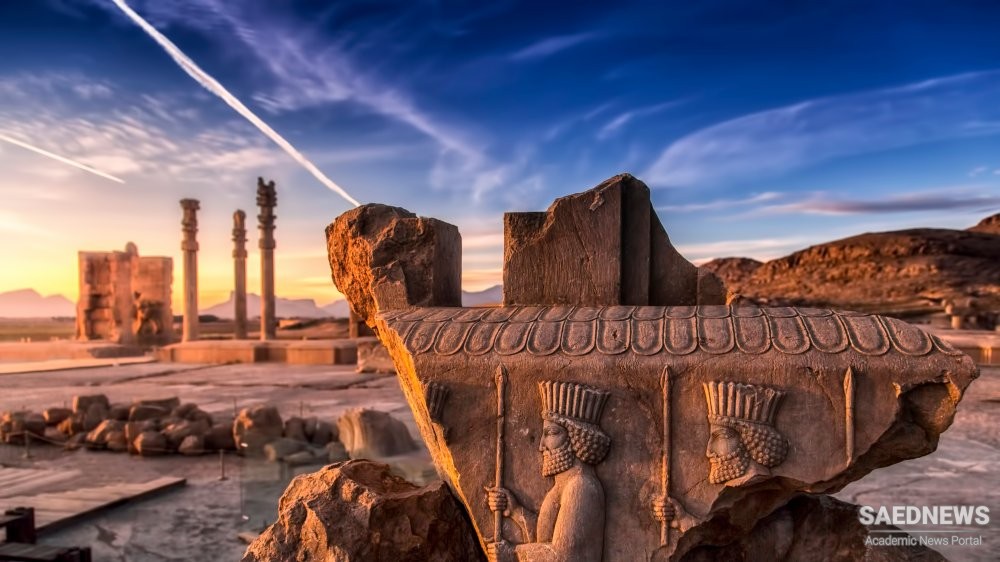Ancient Iran, also known as Ancient Persia, historic region of southwestern Asia that is only roughly coterminous with modern Iran. The term Persia was used for centuries, chiefly in the West, to designate those regions where Persian language and culture predominated, but it more correctly refers to a region of southern Iran formerly known as Persis, alternatively as Pārs or Parsa, modern Fārs. Parsa was the name of an Indo-European nomadic people who migrated into the region about 1000 BC. The first mention of Parsa occurs in the annals of Shalmanesar II, an Assyrian king, in 844 BC. During the rule of the Persian Achaemenian dynasty (559–330 BC), the ancient Greeks first encountered the inhabitants of Persis on the Iranian plateau, when the Achaemenids—natives of Persis—were expanding their political sphere. The Achaemenids were the dominant dynasty during Greek history until the time of Alexander the Great, and the use of the name Persia was gradually extended by the Greeks and other peoples to apply to the whole Iranian plateau. This tendency was reinforced with the rise of the Sāsānian dynasty, also native to Persis, whose culture dominated the Iranian plateau until the 7th century AD. The people of this area have traditionally referred to the region as Iran, “Land of the Aryans,” and in 1935 the government of Iran requested that the name Iran be used in lieu of Persia. The two terms, however, are often used interchangeably when referring to periods preceding the 20th century (Source: Biritanica).


 Ancient Texture of Bushehr
Ancient Texture of Bushehr














































